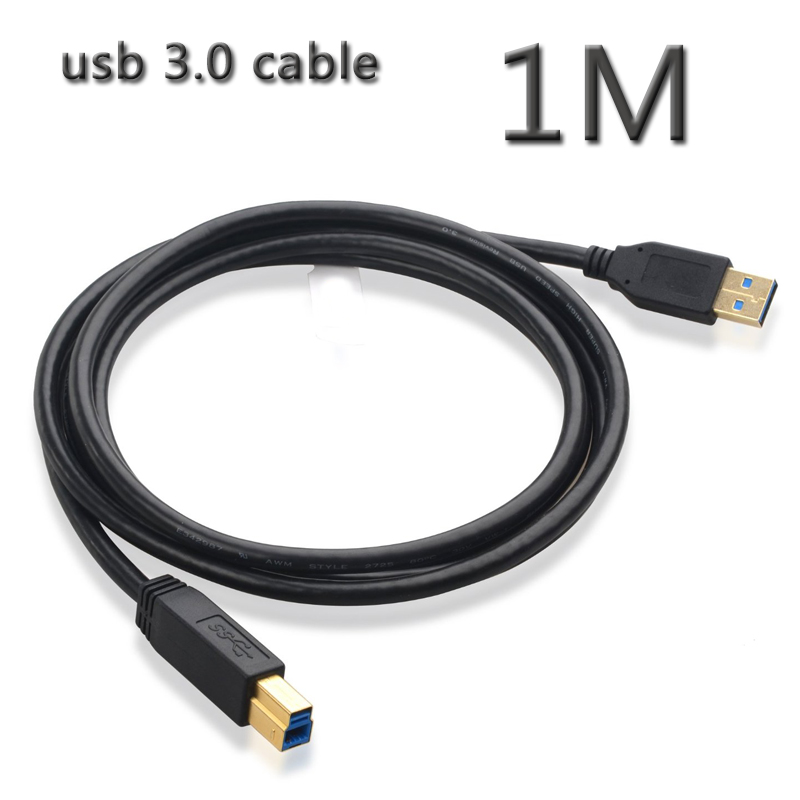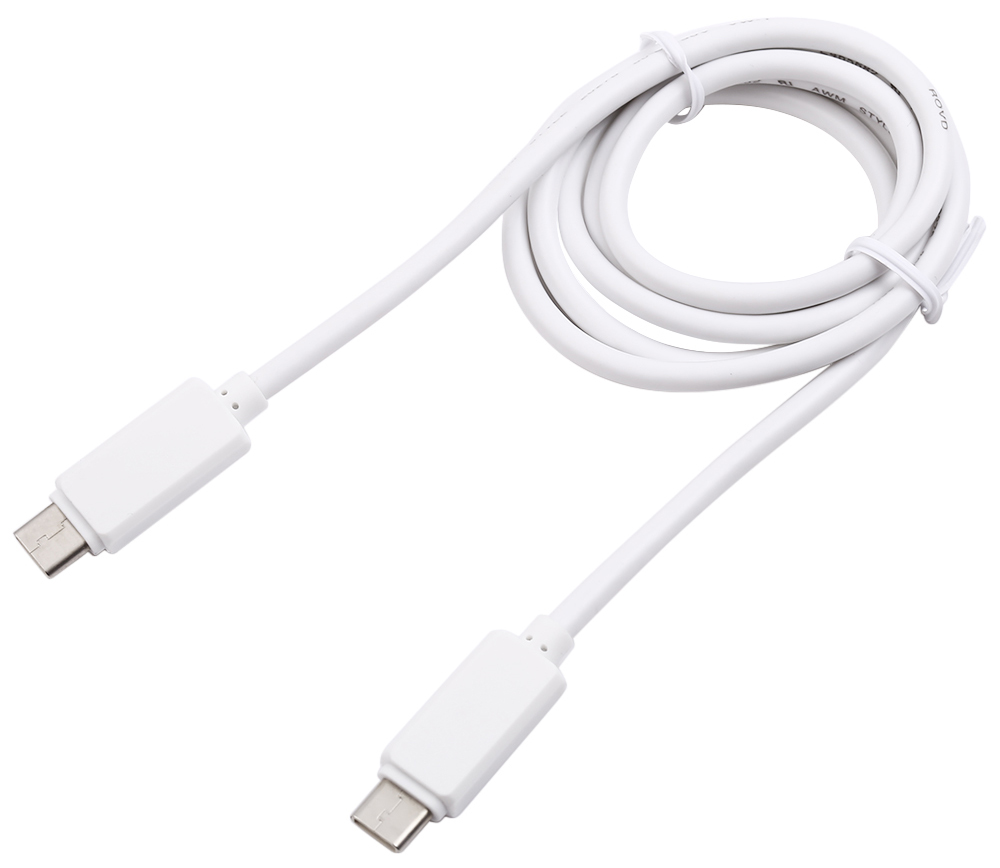This article refers to the address: http://
Fujitsu Microelectronics (Shanghai) Co., Ltd. announced today that Fujitsu is developing a new large-scale integrated circuit (LSI) that uses H.264 format for real-time compression and decompression of high-definition television images. The new large-scale integrated circuit chip will be released in March 2007. The chip is based on the H.264 processing algorithm developed by Fujitsu Labs Co., Ltd. and incorporates Fujitsu's 90nm process high-performance video and audio processing technology. This is also the industry's first chip to support the H.264 Advanced Specification 4.0 standard (used in next-generation DVDs). The large-scale integrated circuit can help a variety of audio-visual products to achieve high-definition image recording, playback, and transmission, such as portable audio-visual products, hard disk recorders and home network equipment.The chip was exhibited and demonstrated at the International Telecommunication Union (ITU) 2006 World Telecommunication Exhibition held in Hong Kong from December 4th to December 8th.
In recent years, there has been an increasing demand for performance of audiovisual products, such as recording and playback of high definition video. More and more high-definition video products are required to be able to compress large-capacity data. Since the compression capability of the H.264 format is much better than the previous format (such as MPEG-2), more and more H.264 formats are available. Used by such devices.
The H.264 format compression capability is much better than the previous format, and as a result, it requires more than 10 times the amount of computation required to compress. In addition, to ensure a higher level of image quality, the H.264 Advanced Specification 4.0 used in next-generation DVDs requires greater data throughput, which requires a high-speed LSI chip for real-time H.264 compression. .
Fujitsu has developed a variety of large-scale integrated circuit chips in MPEG format. On this basis, Fujitsu has participated in related work on H.264 standards development organizations and accumulated relevant technical experience. The chip uses a patented compression technology developed by Fujitsu Labs to reduce the computational load. It also incorporates Fujitsu's embedded memory technology for low-power, small-size applications and 90nm process technology, making it the first in the industry to support H. .264 Advanced Specification Application Chip. The chip is suitable for a variety of device applications that require high-definition image processing, such as battery-powered portable audio-visual products, desktop hard disk recorders, and home networking equipment for video transmission.
Fujitsu will continue to enhance the capabilities of the chip to fully support high-definition applications (up to 1920 X 1080). Fujitsu will also continue to enrich its lineup of video processing chips, including "multi-decoder" chips that support multiple video formats (H.264 and MPEG-2).
[Features]
1. High-definition TV image and sound real-time compression and decompression using H.264 Advanced Specification 4.0 format, real-time compression and decompression of high-definition images (up to 1440 x 1080 pixels), while also compressing and decompressing Dolby The sound of the digital (Dolby Digital) format.
2. Embedded memory cells to help reduce size and power consumption This is the industry's first large-scale integrated circuit with two embedded 256Mbit (MB) FCRAMs and supports the H.264 format. Optimized design, the logic and storage circuits are combined on the same chip, reducing the size and reducing power consumption.
3. Patented compression and image enhancement technology The chip has a patented "self-tuning" algorithm developed by Fujitsu Labs, which can automatically use high-level motion zones (such as human faces or slowly moving objects) with obvious compression distortion. A method of smaller compression ratio; a method of using a larger compression ratio in other areas. In this way, compared with the MPEG-2 format, the image data size can be reduced to half to one third of the MPEG-2 format while maintaining the same picture quality.
USB Data Transfer Charging Cable is used to standardize the connection of computer peripherals (including keyboards, pointing devices, digital cameras, printers, mobile phones, portable media players, disk drives and network adapters) to personal computers for communication and powering.
1. USB Cable has five modes of USB cable data transmission, in order to increase the bandwidth: low speed (1.0), full speed (1.0), high speed (from 2.0), ultra high speed (from 3.0), and ultra high speed + (from 3.1)
2. Plug and Play universal system, no drive.
3. Super performance: cable with corrosion-resistant tinned bare copper conductor, gold-plated connector and foil and braided shield to provide high EMI / RFI signal interference.
4. Features are shielded from protection against electromagnetic and RF signal noise, keep your signal clear and reduce bandwidth loss for higher performance
USB Active Extension Cable

USB 3.0 Cable

Type-C Cable

USB Cable
USB Data Cable, Power USB Charging Cable, USB Charging & Data Sync Cable, Micro USB Cable, USB 3.1 Type-C Cable, USB C 3.1 Data Cable
Shenzhen JunYuanJie Electronic Technology Co., Ltd. , http://www.usb3c.com